Optimal Timing for Concrete Repairs
Concrete repairs are most effectively performed during specific weather conditions to ensure proper curing and adhesion. Optimal temperatures typically range between 50°F and 85°F, with low humidity and minimal precipitation. Performing repairs during these conditions helps prevent cracking, scaling, and other issues that can compromise the durability of the concrete.
Moderate temperatures and lower humidity levels make spring and fall ideal for concrete repairs. These seasons typically offer stable weather, reducing the risk of rapid drying or freezing.
Winter's cold temperatures hinder proper curing, while summer's high heat can cause rapid moisture loss, leading to cracking. Scheduling repairs outside these extremes ensures better results.
Monitoring weather forecasts helps determine the best days for repairs, avoiding rain, frost, or extreme heat that can negatively impact the curing process.
Proper curing requires consistent temperatures. Deviations can lead to weak spots, surface defects, or premature failure of the repair work.

Spring offers optimal conditions for durable concrete repairs, with moderate temperatures and low precipitation.

Fall provides cooler weather ideal for curing, minimizing issues related to heat or cold.

Choosing days with stable weather ensures better adhesion and curing of concrete repairs.
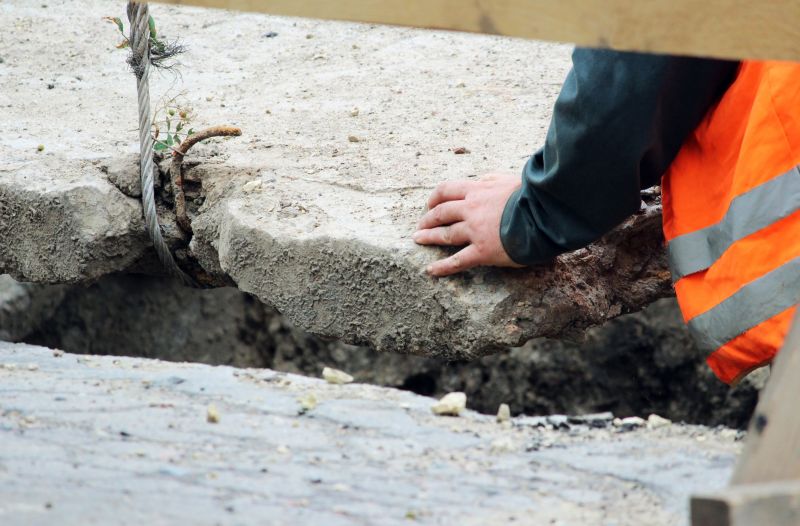
Ways to make Concrete Repairs work in tight or awkward layouts.

Popular materials for Concrete Repairs and why they hold up over time.
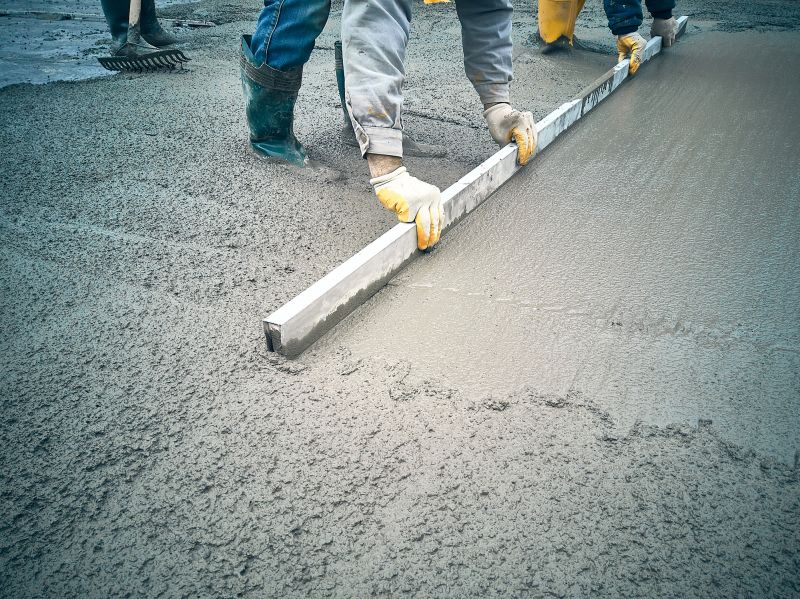
Simple add-ons that improve Concrete Repairs without blowing the budget.
| Season | Optimal Conditions |
|---|---|
| Spring | Temperatures between 50°F and 70°F, low humidity, dry days |
| Fall | Mild temperatures, stable weather, minimal rain |
| Summer | High temperatures, risk of rapid moisture loss; caution advised |
| Winter | Cold temperatures below 50°F, frost risk; generally unsuitable |
Concrete repairs require careful planning to ensure the longevity and performance of the surface. Weather conditions significantly influence the curing process, adhesion, and final appearance. Proper timing minimizes potential problems such as cracking, scaling, and reduced strength. It is advisable to schedule repairs during seasons with moderate temperatures and predictable weather patterns.
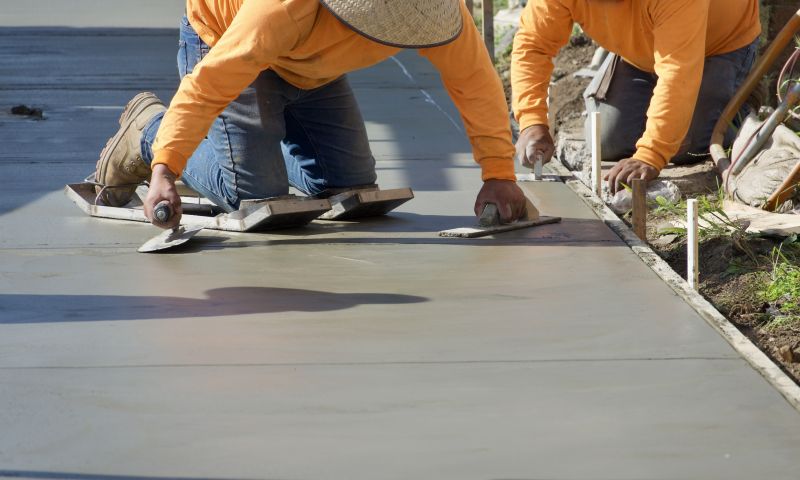
Proper weather conditions contribute to successful concrete repair projects.
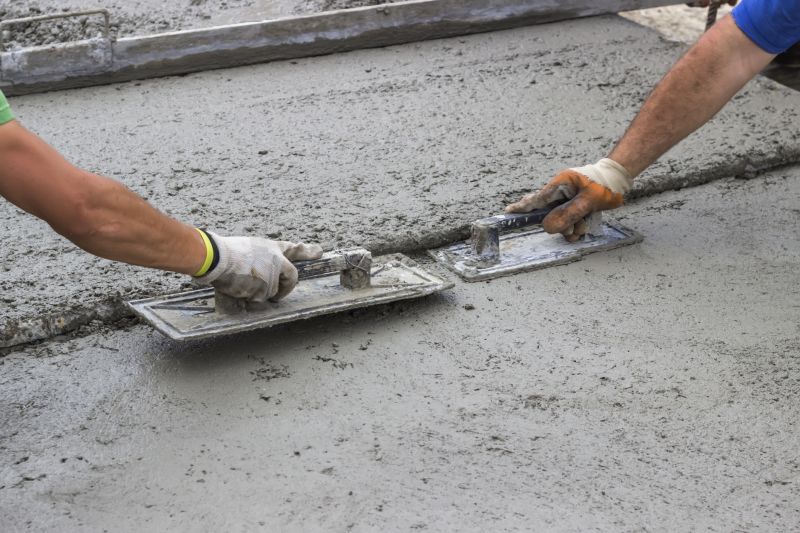
Maintaining ideal conditions during curing enhances durability.

Spring offers favorable conditions for effective repairs.
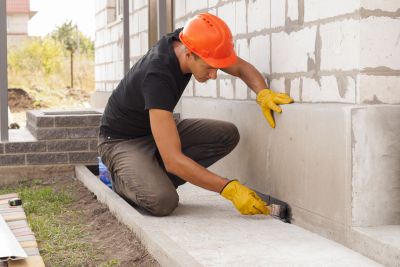
Fall weather supports proper curing and adhesion.

High-end options that actually feel worth it for Concrete Repairs.
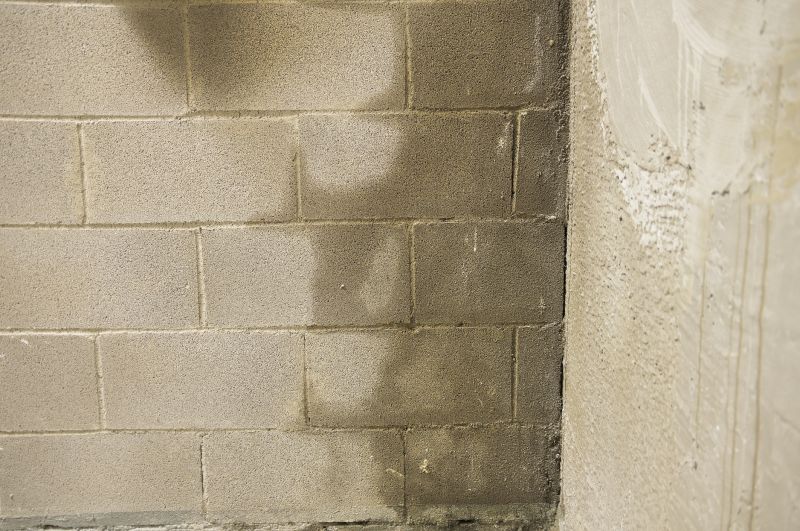
Finishes and colors that play nicely with Concrete Repairs.
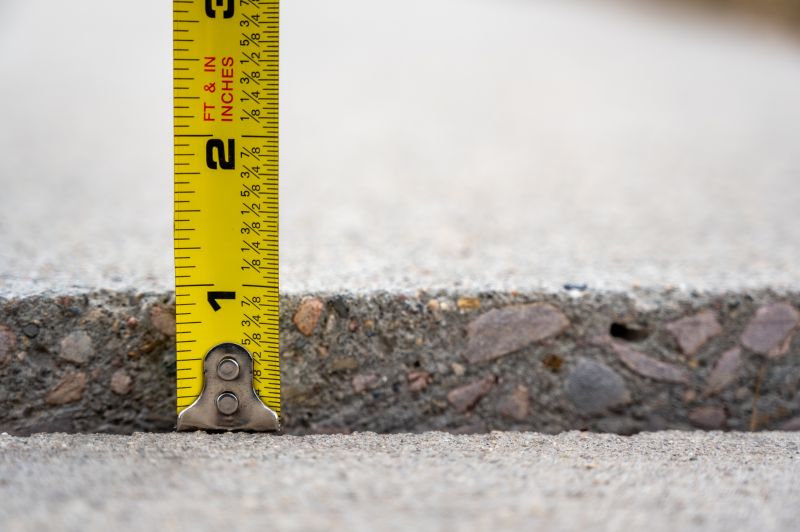
Little measurements that prevent headaches on Concrete Repairs day.
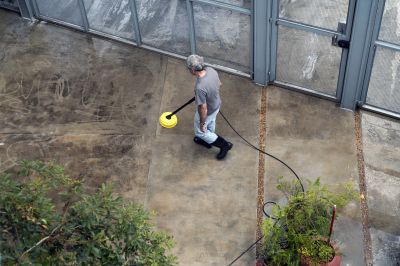
A 60-second routine that keeps Concrete Repairs looking new.
Timing concrete repairs appropriately can extend the lifespan of the surface and reduce future repair costs. Monitoring weather patterns and selecting days with favorable conditions are essential steps for achieving high-quality results. Consulting with professionals experienced in local climate considerations can further optimize repair outcomes.
Interested in scheduling concrete repairs? Fill out the contact form to connect with specialists experienced in Colorado Springs, CO.

